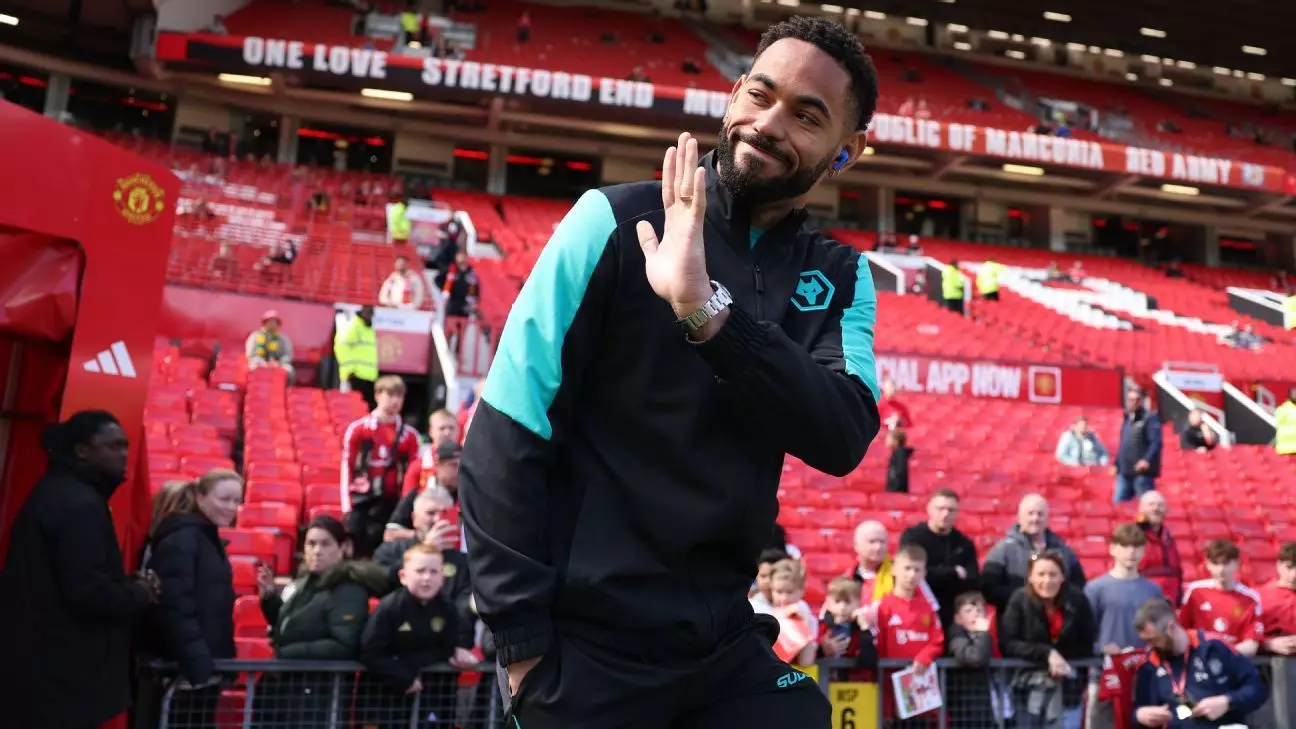The January transfer window of 2024 marked a significant increase in financial commitment among Premier League clubs, with total spending reaching a staggering £370 million—an impressive jump from the £100 million disbursed in the previous year. At the crux of this financial frenzy stands Manchester City, who contributed a substantial £180 million on their own. While this figure is far below the monumental £815 million spent during the summer transfer window of 2023, it ignites curiosity about potential spending trends in the coming summer. The football world is undoubtedly abuzz, speculating whether the already soaring financial stakes will escalate even further as clubs search for the next standout talent to boost their squads.
What’s intriguing here is not merely the sum total of transfers but the changing landscape of the Premier League itself. Clubs are increasingly willing to part with vast sums to stay competitive, reflecting a growing emphasis on player quality and immediate impact. With City leading the charge, other clubs may feel pressure to match or exceed this spending, threatening to create an unsustainable cycle of exorbitant transfers without corresponding fiscal responsibility.
A New Transfer Strategy: The Split Window
Adding a unique twist to this year’s transfer activity is the introduction of a split transfer window due to the Club World Cup. This unprecedented arrangement—opening the window from June 1-10, pausing for six days, and then reopening on June 16—may reshape how clubs approach roster changes. It offers teams a chance to re-evaluate their strategies mid-window, creating an environment where ample time and fresh assessments can dictate final decisions.
This bifurcated window not only allows for a careful examination of ongoing squad needs but also runs the risk of instigating a rash of last-minute deals that could reshape power dynamics ahead of key competitions. Clarity and foresight will be paramount for clubs seeking to leverage this format to their advantage. With international deals locked until July 1, teams must navigate an intricate landscape where talent management and financial planning must harmonize more than ever.
Evaluating Transfers: High Stakes and High Expectations
Central to the buzz of the January window was a slew of intriguing transfers that demanded scrutiny. Take, for example, the signings made by clubs like Wolves and Manchester United. Wolves secured a pivotal player by acquiring Cunha for £44 million, who has proven himself through consistently impactful performances during turbulent times. This acquisition doesn’t just add depth but highlights Wolves’ shift towards accountability in their attack.
Meanwhile, Manchester United’s attention to the forward’s abilities signals a broader trend of teams investing in players with proven records in challenging environments. This trend reflects an understanding that past performance can predict future success—a belief that usually pays dividends in the high-stakes world of football.
Bournemouth’s acquisition of Huijsen for £50 million stands as another noteworthy transaction. The young center-back, drawing parallels to a young Gerard Piqué, showcases his dynamic skill set—dribbling and versatility—that makes him an enticing prospect for clubs seeking to bolster their defensive line. A step forward for Bournemouth, however, comes with the realization that such investments can be double-edged swords, as clubs risk losing standout players in rapid succession if larger clubs come calling.
Shifting Focus: The Importance of Cohesion
While the individual success of these high-profile transfers garners attention, the overarching narrative surrounding player integration remains critical. For clubs like Liverpool, who are in transition due to player exits, the challenge lies in maintaining squad cohesion while onboarding new talent. The addition of Frimpong as a direct alternative to Alexander-Arnold reflects an innovative shift rather than a mere replacement strategy. Liverpool is not just filling gaps; they are recalibrating their tactical approach in light of current needs.
Evaluating these decisions through a lens of long-term ambition speaks to an evolving psyche within football teams. It’s no longer simply about signing the flashiest name; it’s about understanding how each new player can fit within an existing framework to elevate the team. The meticulous nature of assessing players and aligning them with club philosophies is a growing trend that signifies a deeper level of strategic thinking.
Exploiting Talent: Balancing Short-Term Gains Against Long-Term Vision
Ultimately, the financial landscape of the Premier League will continue to sway dramatically as clubs sharpen their focus on both immediate gains and sustainable growth. Acquiring talents like Mamardashvili for what seems a bargain of £35 million may prove fortuitous for Liverpool, yet it raises questions about the long-term viability of such acquisitions. Teams must now clearly distinguish between players that will provide immediate impacts versus those who represent potential future stars.
Success in this twisted and unpredictable market depends on a club’s ability to balance immediate results with long-term strategies. The buzz of the January transfer window might be thrilling for fans, but it also serves as a reminder: behind every flashy signing lies a complex web of pressure, planning, and perceptive foresight that crafts the very fabric of modern football. The stakes have never been higher, and as clubs dive deeper into resource allocation, the question remains: how long can this trajectory realistically be sustained?

Leave a Reply